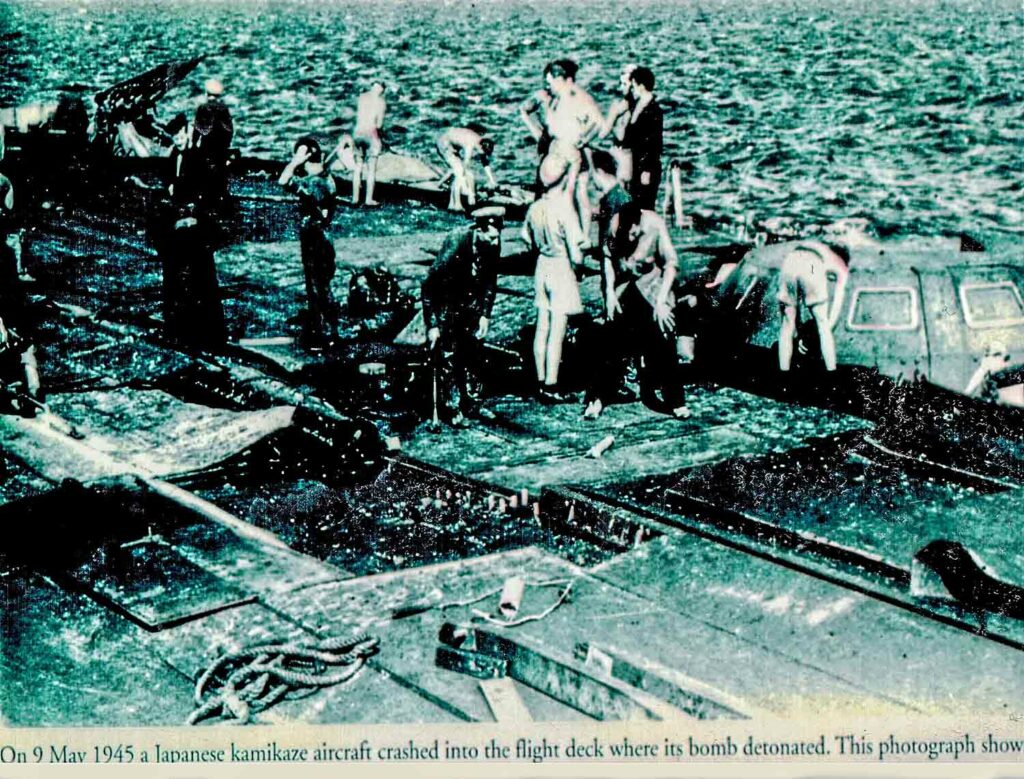The story in brief
When Violet and her son, Sam, are forcibly separated, the consequences reach deep and far. Covering the years 1923-1949, Bantling is a novel about love, loss, hope, identity and discovery that is set in south London, Hull, on board a wartime aircraft carrier and in Sydney, Australia.
Our culture places a high value on the family in forming personal identity. Bantling asks some questions, without necessarily wanting factually true or definitively final answers: How do you know who you are if you don’t know where you come from? Where do you stand in society if you don’t have a family? Is it possible for a whole and loving person to emerge from a childhood of hardship and neglect?
Bantling begins in 1923 in Southampton and concludes in Sydney, Australia, in 1949, a world, a war and a lifetime of experience away. It is essentially Sam’s story, but nobody comes from or lives in a vacuum. One life is shaped by, and shapes, others.
Working within the limits of what was or might be available to a young, working-class, imaginative, unmarried woman faced with pregnancy, Bantling opens within the social mores and widespread poverty of inter-war Kennington and Peckham, in south London, moving later to wartime Hull. It boards the aircraft carrier, Victorious, in the North Atlantic convoys and in the Pacific as the allies prepare for nuclear war on Japan and it finishes in the brightness and novelty of post-war Sydney. It seemed important to acknowledge and describe, even fleetingly, the contrast that some working-class young people (not exclusively men) experienced between the restrictions of pre-war life and the possibilities of wider post-war horizons – if they survived the war.

The novel explores questions of identity, displacement, belonging and survival. The characters experience spite, self-harm, loneliness, physical brutality and the terrors of war as much as optimism, comradery, empathy and understanding. Like all of us, they tell themselves stories about themselves and their circumstances to comfort themselves and control others. Everyone hopes for better things to come. Some of the characters are able to learn, to adapt and to change themselves. Others hang on to what’s familiar. Everyone has their life changed forever by a single, deliberate act of revenge and then by war and social forces beyond their control.
In the form of letters and diary entries as well as narrative, Bantling follows Violet, Sam and Ellen as they make their decisions, make their peace – or fail to – with their own and others’ actions, and make sense – or not – of the world as it changes around them.
The cover painting
The painting on the cover is by my father, Ron Russell. Oil on canvas, it measures 17.5mm x 25.5mm and was painted in 1962.



